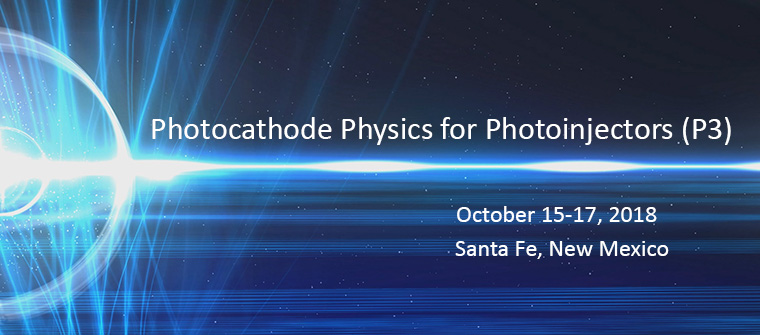Speakers
Description
In this contribution we report on experimental demonstration of generation and detection of attosecond electron pulses. It is reached via inelastic ponderomotive scattering of electrons at an optical traveling wave formed by two laser pulses at different frequencies. This scheme represents an analogy to the classical Kapitza-Dirac effect [1], in which the electron beam diffracts/reflects at an optical standing wave. In our geometry, the longitudinal component of electron momentum is modulated at difference frequency of the two driving laser fields. We demonstrate a large modulation of the kinetic energy of subrelativistic electrons with initial kinetic energy of 29 keV, achieving a peak acceleration gradient of G=2.2 GV/m (energy gain/travelled distance) [2]. An introduced time-correlated modulation of longitudinal momentum of the electrons leads to a ballistic compression and formation of attosecond electron pulses. The sub-cycle temporal structure of the electron pulse train was characterized via energy streaking using a second phase-controlled travelling wave [3]. Measured spectrograms (spectra as a function of the time delay between the two interactions) and their comparison with numerical calculations allow monitoring the evolution of the electrons’ longitudinal phase space distribution.
[1] P. L. Kapitza, and P. A. M. Dirac, Proc. Cambridge Philos. Soc. 29, 297 (1933).
[2] M. Kozák, T. Eckstein, N. Schönenberger, and P. Hommelhoff, Nat. Phys. 14, 121-125 (2018).
[3] M. Kozák, N. Schönenberger, and P. Hommelhoff, Phys. Rev. Lett. 120, 103203 (2018).

